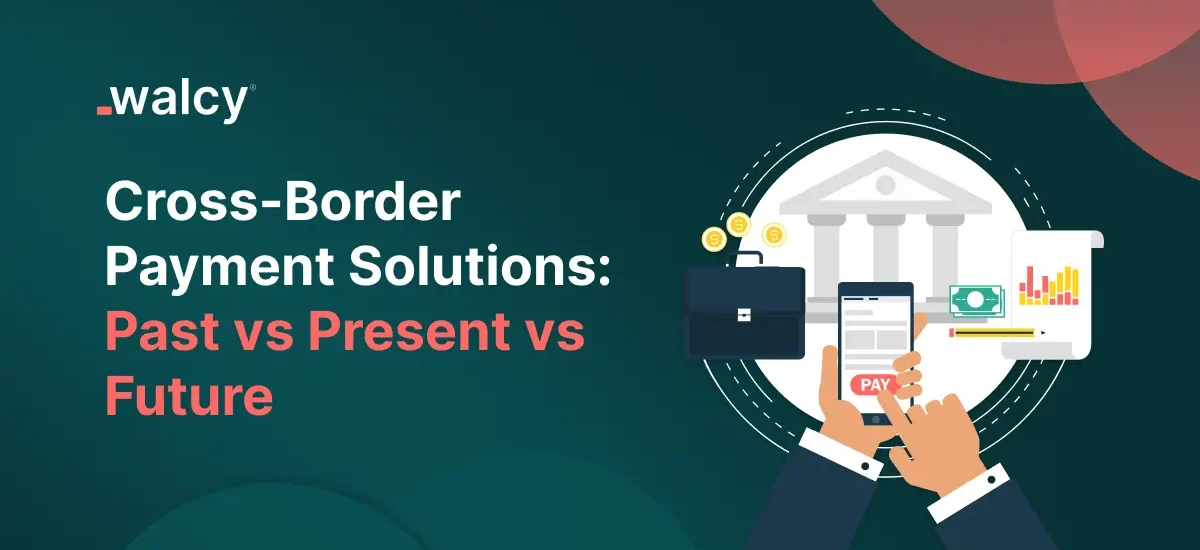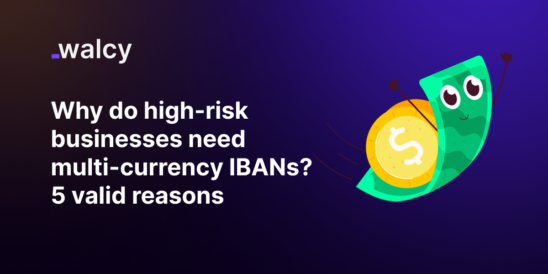Cross-border payment solutions are critically needed by businesses and individuals in an increasingly globalizing economy. These solutions have undergone tremendous evolution through these decades of intensive technological changes, changing consumer expectations, and regulatory changes. In this article, the future, present, and past development of cross-border payment solutions will be discussed through various aspects, including cross-border payment platforms, B2B cross-border payment solutions, cross-border interbank payment systems, cross-border billing, and cross-border ACH transfers.
The Past: Traditional Cross-Border Payment Solutions
In the past, cross-border payments were mostly dominated by traditional banking systems and correspondent banking networks. Society for Worldwide Interbank Financial Telecommunication, or SWIFT, was founded in 1973 to help facilitate international transfers. SWIFT institutionalized a standardized messaging process that allowed banks to communicate with one another securely, yet efficiently, regarding payment instructions. However, while SWIFT was revolutionary then, it also had many significant limitations.
Challenges of Traditional Systems
One of the primary disadvantages of legacy cross-border payment solutions was that every transaction involved a high cost. Most cross-border interbank payments had numerous intermediaries including fees that increased the cost of any transaction tremendously. Furthermore, it used to be slow, sometimes taking several days to get paid because of clearing and settlement time.
Another problem at hand was that of transparency. It was difficult to trace the status of a payment, and most of the time, businesses had very thin visibility into when their funds would arrive. Unpredictability in cash flow management and planning was quite challenging, especially in the case of SMEs involved in international trade.
Cross-Border ACH Transfers
The other method was through Automated Clearing House transfers for cross-border payments, largely used in intra-regional transactions within North America and Europe; compared to wire transfer, this was a cheaper method. ACH transfers were relatively slow, with limited reach, often only available within certain geographic regions.
The Present: Modern Cross-Border Payment Solutions
The emergence of fintech businesses has transformed the cross-border landscape by providing increasingly efficient, cost-effective, and transparent solutions. Customers as well as businesses now have access to a wide range of cross-border payment options to satisfy their diverse needs.
Modern cross-border payment platforms such as PayPal, TransferWise, and more recently Revolut, make sending money across borders easy. They use technology to bypass traditional banking networks that drive down costs and enable faster transfers. For example, Wise deploys a peer-to-peer model in which money transfers in different countries are matched, thereby minimizing the need for currency conversion and associated fees.
B2B Cross-Border Payment Solutions
Specialized B2B cross-border payment solutions have emerged for businesses, especially those trading internationally. Tailored services to business needs include multi-currency accounts, bulk payments, and integration with accounting software through platforms such as Payoneer, OFX, and Veem.
These solutions have many advantages over conventional means: lower transaction costs, faster processing times, and better exchange rates. Also, they are associated with increased transparency, in which one traces the state of payments in real time and gives clear fees and exchange rates.
Cross-Border Interbank Payment Systems
Whereas financial technology or fintech platforms have gained more significance, traditional banks are trying to catch up. Cross-border interbank payment systems have been upgraded in this direction to compete with other options available within the realm of fintech. For example, SWIFT introduced its GPI service which has enhanced speed, transparency, and traceability of cross-border payments. GPI helps corporates track in real time the status of payments against transactions—the much-needed visible component of transaction processing.
Another key development is some banks turning to blockchain technology for cross-border payment settlements. RippleNet is a blockchain-based network for real-time gross settlement and instant cross-border payments. By using blockchain, RippleNet reduces the number of intermediaries involved in the process, therefore cutting down on costs and processing times.
Cross-Border Billing
Cross-border billing has also become much more efficient in this new era of payment solutions. In most cases, one can control invoicing and receive payments in several currencies through platforms that come with automation in currency conversion and reconciliation. These tools will help businesses in smoothing their billing processes and reduce the associated complexities in running cross-border transactions.
The Future: Emerging Trends and Innovations in Cross-Border Payments
The future of cross-border payment solutions only promises more elaborate developments with the continuous evolution of technology. The following are emerging trends and innovations most likely to shape the next generation of cross-border payments.
Blockchain and Cryptocurrencies
In this transformation, blockchain technology and its part—cryptocurrencies—are on the frontline in this metamorphosis. Blockchain offers the prospect of building decentralized cross-border payment networks that do not need traditional banks or any other middlemen. It facilitates the transfer of funds nearly instantly and at near-zero cost, hence presenting an excellent alternative to the current systems.
Cryptocurrencies, especially stablecoins and central bank digital currencies, also hold huge potential for the future in cross-border payments. Stablecoins tied to the value of traditional currencies provide a reliable means of exchange for cross-border transactions and help to eliminate the issue of currency risk.
Now under scrutiny by some of the world’s central banks, CBDCs may offer a government-backed digital currency for cross-border payments, bringing the security and trust of conventional currency but with the efficiency of digital assets.
Interoperability Between Payment Networks
Another key trend is the push for greater interoperability between disparate payment networks. The more cross-border payment platforms and systems that come online, the greater the demand will be for those networks to work together seamlessly. Initiatives like the ISO 20022 messaging standard, which offers a common language for all types of global financial communications, or European SEPA—a single Euro Payments Area that simplifies cross-border euro transfers—do just that.
AI and Machine Learning
Artificial intelligence and machine learning are going to transform cross-border payments in the areas of fraud detection, optimization of the routes used in making payments, and the personalization of payment solutions. AI-driven systems can trace transactions in real-time. This enables them to identify and flag suspicious activities far better than the traditional techniques in operation. Besides, AI will optimize the routes taken by payments to ensure that they are processed via channels that prove to be most effective and, in turn, reduce costs and times taken in processing.
It can also be used for the personalization of payment solutions for businesses and individuals. Artificial intelligence systems interpret transaction data and customer behavior, and provide tailored recommendations of appropriate payment methods, relevant currencies, and the perfect time of execution, thus further improving efficiency in cross-border payments.
Regulatory Developments
The regulatory environment is also changing across borders about payments. Governments and international bodies are involved to provide a more secure and efficient environment for cross-border transactions. Among the agencies driving change in regulations are the Financial Action Task Force, which requires more transparency in cross-border transactions and Combating the Financing of Illicit Activities, and the Bank for International Settlements, relating to issues such as consumer protection in cross-border payments.
Regulatory technology has quickened its pace and is now playing a more central role in making compliance possible for businesses with these far-reaching regulations. The basis of Reg Tech solutions is utilizing technology for simplifying the compliance process, which includes the burdensome KYC and AML checks, among other compliance-heavy requirements that businesses bear, lessening the burden of compliance-related activities on them while ensuring regulatory compliance.
Conclusion
The future shall belong to a new cross-border payment landscape: faster, cheaper, and more secure than ever. If technological developments are likely to get better and regulatory frameworks evolve a prospect not entirely impossible then businesses and people will, out of necessity, have to keep up to remain relevant to the intricacies of global finance.
Read more about: Know everything about the overseas payments.
Do follow us on Facebook and LinkedIn, to stay connected with us.



